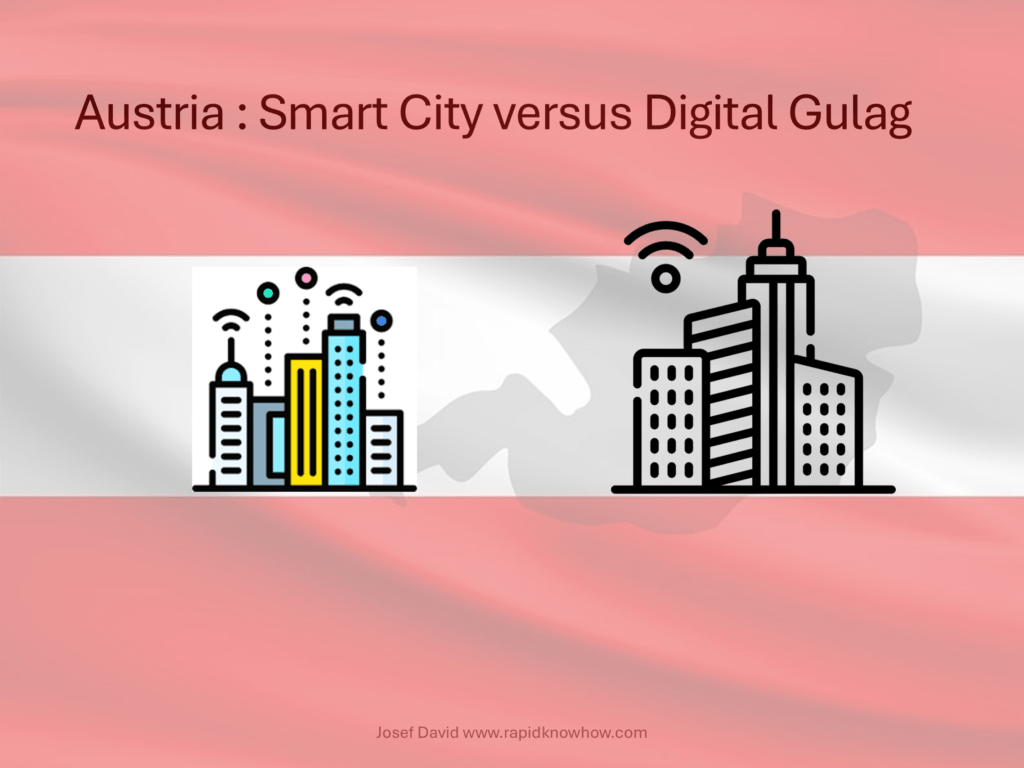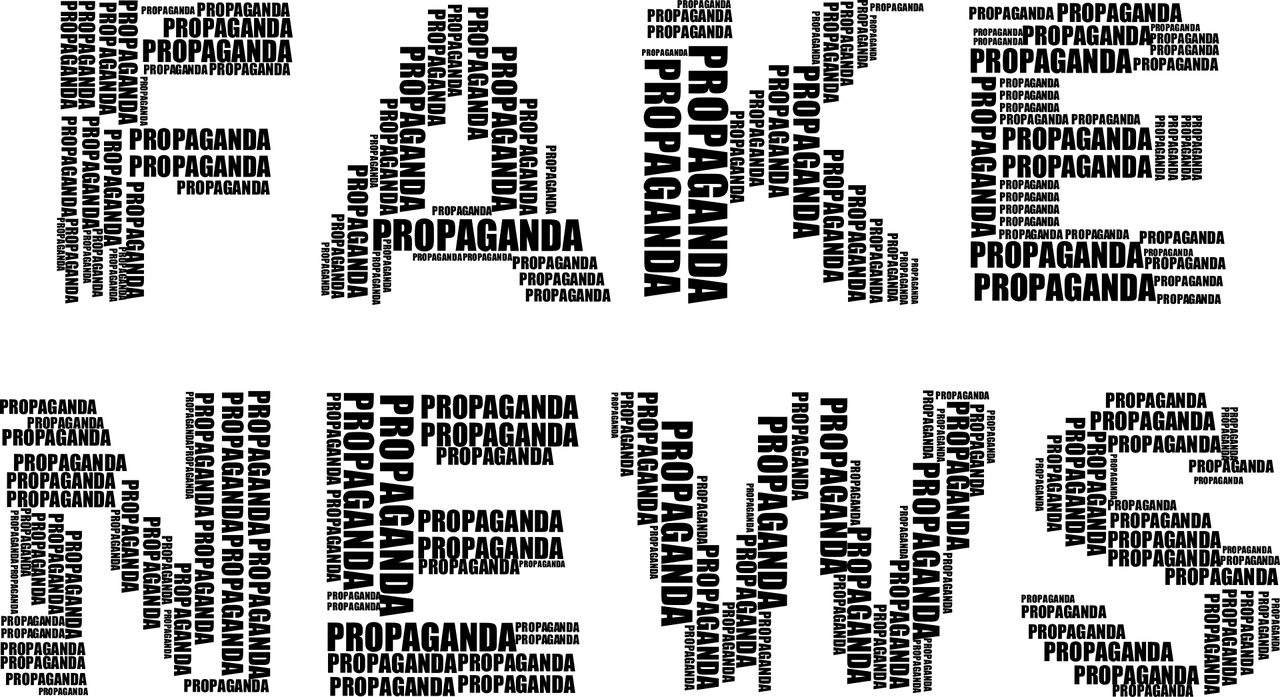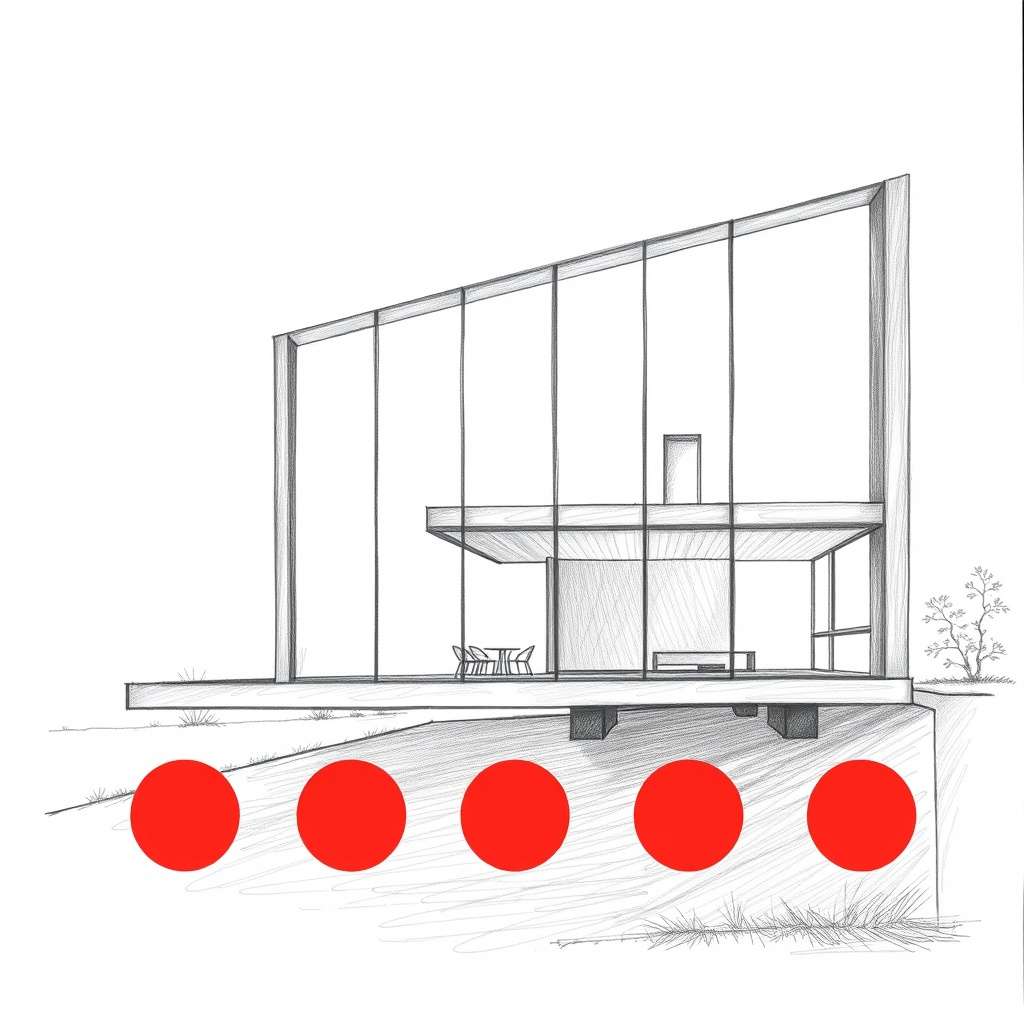Austria’s way towards the Digital Gulag
The concepts of “Smart City” and “Digital Gulag” represent two vastly different approaches to urban planning and governance, particularly concerning technology and personal freedoms.
Smart City
Definition: A Smart City utilizes digital technology and data analytics to enhance the efficiency of urban operations, improve the quality of life for residents, and promote sustainable practices. The use of Internet of Things (IoT) devices, big data, and smart infrastructure facilitates better management of services such as transportation, energy, healthcare, and public safety.
Characteristics:
- Efficiency: Uses technology to optimize city services, such as traffic management, waste disposal, and energy use.
- Sustainability: Implements smart solutions to reduce environmental impact, such as renewable energy sources and intelligent transportation systems.
- Connectivity: Enhances communication between citizens and local government, often through apps and digital platforms.
- Public Services: Data-driven approaches improve public services, such as emergency response times and healthcare accessibility.
- Citizen Engagement: Encourages participation from residents in governance and urban planning through feedback mechanisms and participatory platforms.
Benefits:
- Increased convenience for residents.
- Improved quality of life.
- Greater economic opportunities through innovation.
- Enhanced security through data-driven decision-making.
Digital Gulag
Definition: “Digital Gulag” is a more dystopian concept that refers to a situation where technological surveillance and data control lead to oppressive and authoritarian governance. In such a system, citizens are monitored extensively, their freedoms curtailed, and dissent suppressed through digital means.
Characteristics:
- Surveillance: Extensive use of cameras, tracking, and data collection to monitor citizens constantly.
- Control: Algorithms and AI used to enforce social order, often by predicting and managing behavior.
- Repression: Use of technology to suppress dissent, with a focus on controlling public opinion through misinformation and censorship.
- Lack of Privacy: Individuals’ personal data is collected and exploited, leading to a society with little to no privacy.
- Inequity: Technology may be used to reinforce social hierarchies and discrimination against certain groups.
Consequences:
- Erosion of civil liberties and human rights.
- Fear of state retribution for dissent or non-compliance.
- Increased social inequality due to surveillance policies.
- Deterioration of trust between the government and the populace.
Comparison
Intent:
- Smart City: Aims to improve living conditions and efficiency.
- Digital Gulag: Aims to control and suppress the population.
Citizen Role:
- Smart City: Encourages active participation and engagement.
- Digital Gulag: Often silences dissent and limits citizen agency.
Data Usage:
- Smart City: Uses data to enhance services and foster sustainability.
- Digital Gulag: Uses data primarily for surveillance and control.
Outcomes:
- Smart City: Potential for a thriving, empowered community.
- Digital Gulag: Leads to a repressive environment where fear and compliance dominate.

Conclusion
While a Smart City seeks to leverage technology for the benefit of its citizens and the environment, a Digital Gulag represents a cautionary tale about the potential for technology to enable authoritarianism, surveillance, and oppression. The challenge lies in ensuring that technological advancements are harnessed to create inclusive, democratic, and equitable urban spaces rather than enabling systems of control and suppression.





